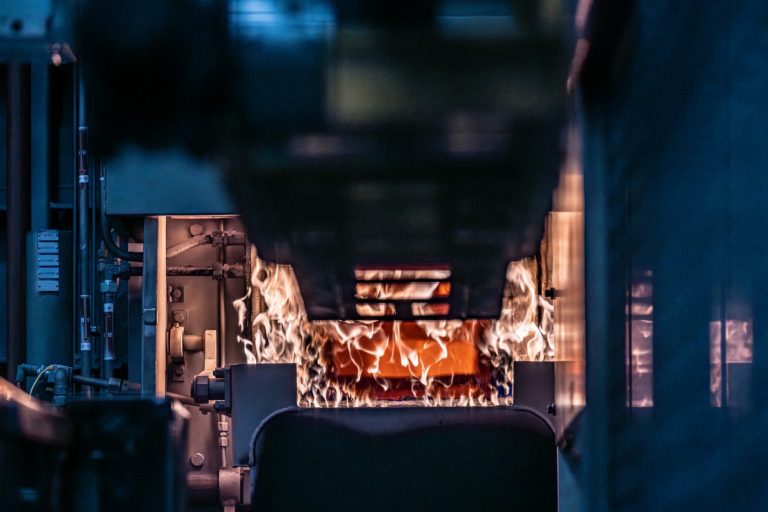Planned CO2 reduction through power-to-heat technology
The BMW Group is using an electrically heated ring-hearth furnace in one of its plants at the Dingolfing site. This is being done for the production of chassis and drive components. Heat generation using electricity is also called power-to-heat technology.
“Due to its planned plant life of more than 40 years, the new curing oven marks a forward-looking course setting on our way to Net Zero,” says Marc Sielemann, who is responsible for purchasing, quality and production of powertrain, chassis and brakes at the BMW Group.
Reduced CO2 emissions
According to BMW, operation of the new furnace currently achieves CO2 savings of around 300 tons per year compared to a conventional furnace powered by natural gas.
According to its press release, the BMW Group has set itself the goal of being climate-neutral across the entire value chain by 2050 at the latest. The investment volume for the curing oven with power-to-heat technology amounts to around seven million euros, according to the company.
“Energy-intensive power-to-heat plants like the new electricity-heated ring-hearth furnace are driving forward the decarbonization of the heat supply that is necessary for climate protection. They generate useful heat in a climate-friendly way and can, among other things, also use surplus electricity from renewable energies,” explains Marc Sielemann. A conversion of the existing hardening furnaces to electricity operation is also being examined, he adds.
Source: www.kloepfel-consulting.com


